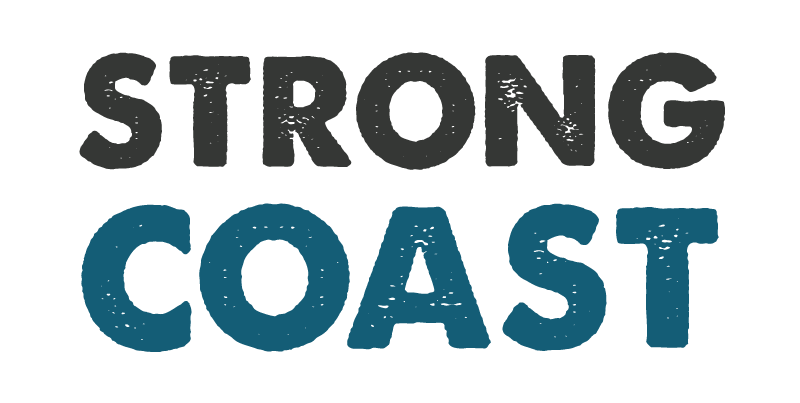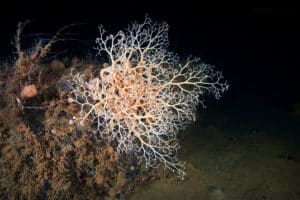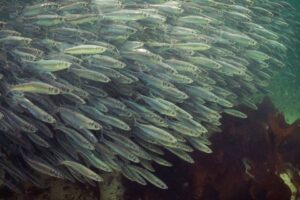Jimmy Pattison’s Canfisco, also known as the Canadian Fishing Company, is a significant player in the herring and salmon fisheries in British Columbia. Canfisco’s control and dominance in the industry have been criticized for negatively impacting owner-operators, coastal communities, and sustainability.
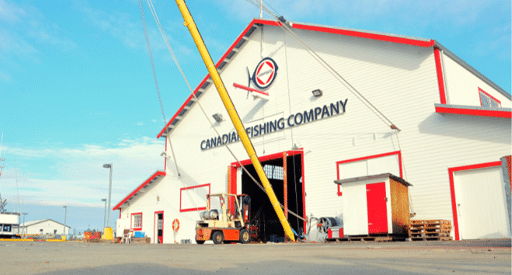
Individual Transfer Quota Explained
The primary enabler of Canfisco’s control of the herring and salmon fisheries is the individual transfer quota (ITQ) system. This system allows companies like Canfisco to purchase quotas from other fishermen, essentially giving large corporations and investors control of the fishery. This creates an uneven playing field for owner-operators, who cannot afford to purchase quota. Moreover, ITQ allows for industry consolidation, with massive companies like Canfisco acquiring more and more of the quota, further squeezing out smaller players.
The economists who dreamed up ITQ argued that the free transferability of the system would result in quota gravitating towards the most efficient fishers. However, this is not what has happened. Instead, ITQs are controlled by so-called investors. Investors lease quota to fishermen or processing companies, who in turn lease quota to actual fisheries. Due to the complexity of the ITQ system, it is difficult to determine precisely how much quota Canfisco controls. However, when Canfisco’s quota and partially or fully controlled licences are considered, it is estimated that Canfisco controls around 80 per cent of the supply of salmon and herring taken from B.C. waters.
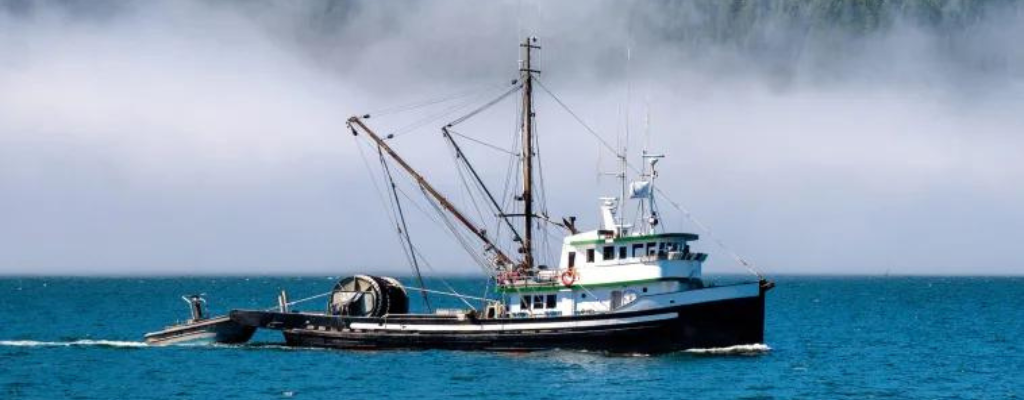
The Negative Impact of Individual Transfer Quota System on Owner-Operators and Calls for an Owner-Operator Licencing System
The negative impact that the ITQ system has had on owner-operators cannot be understated, as without quota, owner-operators are unable to make a living. This point was driven home at the recent Fisheries for Communities conference, a coastwide gathering of more than 200 fish harvesters, Indigenous leaders, and small business owners. According to Ecotrust Canada’s Tasha Sutcliffe, the current management system is stacked “in favour of corporate interests.” Sutcliffe argues, “The value of fish caught should be flowing back to people on deck, on the dock, and in communities. Fisheries policy is not meeting the needs of harvesters or communities.” However, the exact opposite is happening, which is why advocates are arguing for an owner-operator licencing system. It is not possible for small owner-operators to competitively bid against concentrated corporate portfolios, some of which are worth tens of millions of dollars.
Owner-operator licencing would reduce and eventually eliminate the corporate-controlled competitive bidding for licences and quota driving out owner-operators. According to Coastal First Nations President Chief Marilyn Slett, “a renewed owner-operator licencing regime will help to bring back a true market-based fishing economy that supports coastal communities and independent fishers.” This call for an owner-operator licencing system has been articulated in a policy document from the February 2023 two-day Victoria conference called Fisheries for Communities. This policy document argues that the goal of the owner-operator system is to ensure that “independent harvesters, First Nations and coastal communities are primary recipients of the economic and social benefits derived from harvesting seafood.”
The Negative Impact of Individual Transfer Quota System on the B.C. Economy
Canfisco has so much control over quota the entire herring and salmon industries are at its mercy. This was made abundantly clear in 2015 when Canfisco closed its salmon canning operations in Prince Rupert. The result, of course, was the loss of jobs while Canfisco outsourced the canning of B.C. fish. This led Joie Warnock, former Western director for Unifor, the union representing processing plant workers, to state, “Fish caught in Canadian waters should create good Canadian jobs.” Canfisco’s outsourcing of jobs that should remain in B.C. has led union leaders to call for Canfisco’s fishing licences to be revoked.
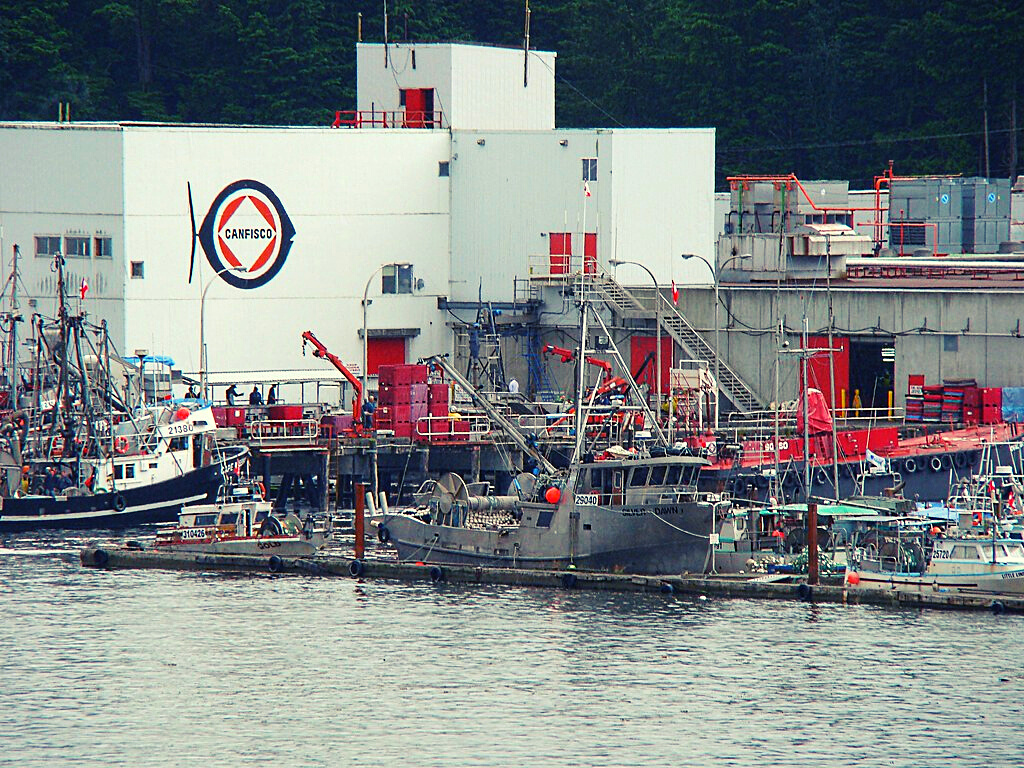
The ITQ system also has negative impacts on the marine environment. When companies like Canfisco have control of the quota, they have the incentive to catch as much fish as possible to maximize profits. This profit motive leads to overfishing, which has devastating effects on the ecosystem and fish populations and can lead to the collapse of fisheries. One of the main causes of overfishing is industry-friendly DFO herring population estimates. For instance, in 2019, the DFO overestimated the number of herring in the Strait of Georgia by 30%, which led to a fisheries with a biomass-take that far exceeded sustainability. Unfortunately, this mismanagement led to a 60% decline in herring biomass in the Strait of Georgia between 2015 and 2019. Similar mismanagement has led to the complete closure of all other herring fisheries along the B.C. coast.
Herring are a keystone species, meaning they play a critical role in the food chain and the ecosystem as a whole. In fact, herring transfer the energy from the plankton they feed on to the entire B.C. coast ecosystem. Herring, therefore, are considered the foundation of the coastal food web. Herring’s importance for the coastal food web begins when they are eggs, as the spawning grounds become a weeks-long feast for many marine species and coastal land mammals, including black bears, wolves, sea lions, seals, humpback whales, gray whales, orcas, and birds. These animals converge on the spawning grounds to feed on herring and herring eggs. The herring spawn is so vital to the B.C. coast ecosystem that surf scoters and gray whales time their northward migrations to feast on it. Herring are an essential part of the diet of many fish. For example, the diets of Chinook, Coho, and lingcod consist of 62%, 58%, and 71% herring respectively. This is how herring transfer the energy from the plankton they feed on to the entire Pacific coast ecosystem.
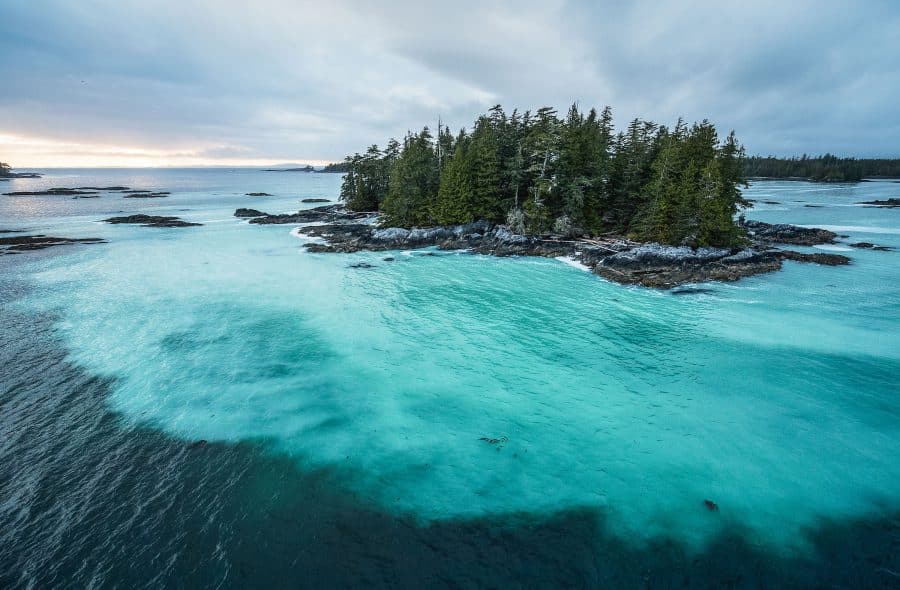
Canfisco’s Control of the Salmon Fishery
Canfisco’s control of the salmon fishery is also concerning. In recent years, salmon populations in British Columbia have declined, leading to fishing restrictions and closures. However, instead of adopting a sustainable approach to salmon fisheries by privileging owner-operators over large corporations like Canfisco, DFO continues to support the corporation-friendly ITQ system. Moreover, mismanagement of the salmon fisheries has resulted in huge population declines, extensive closures, and a federal salmon licence buyback program. As Joy Thorkelson of the United Fishermen and Allied Workers’ Union states, the salmon licence buyback program will result in further contraction and concentration of the commercial seine fishery.
The Future?
If sustainable fisheries that support owner-operators and help coastal communities thrive is to be the future, then the corporation-friendly ITQ system needs to be abolished. Corporate greed can no longer be the driving force behind DFO policy. Instead, an owner-operator system is needed, as this is the only way that the control of marine resources will be returned to local communities.
